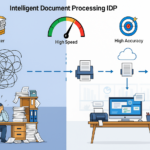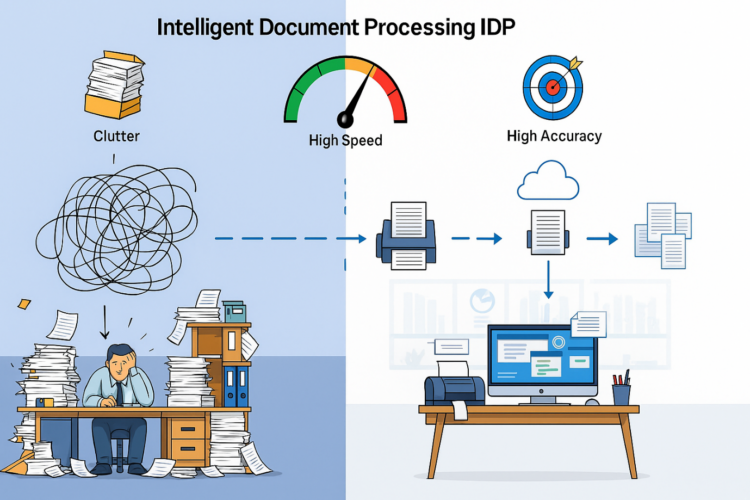In the pre-digital era, the pace of information exchange was notably sluggish. Despite subsequent industrial revolutions, global trade continued to rely on archaic paper-based processes, resisting the transformative potential of modern technology. However, the winds of change are finally sweeping through the trade finance industry, with SDEX emerging as a torchbearer of innovation. This blog explores the role of blockchain, exemplified by SDEX, in digitizing global trade and dismantling age-old barriers.
The Legacy of Paper in Global Trade
For decades, the Letter of Credit (LC) has been a linchpin of global commerce. Yet, the evidence required for LC transactions remains predominantly paper-based, creating bottlenecks in efficiency. Invoices, packing lists, and insurance documents traverse the globe encased in courier bags, leading to delays, complexities, and substantial costs for both banks and corporates.
Blockchain as the Disruptive Solution
SDEX’s blockchain network, a testament to modern innovation, seeks to revolutionize these entrenched practices. By seamlessly connecting the entire trade ecosystem on a decentralized network, SDEX aims to eradicate paper, streamline transactions, and pave the way for digital, barrier-free trade.
Legacy Documents and Their Digitization Conundrum
Beyond bills of lading, other documents like bank drafts and inspection certificates face similar barriers to digitization. Age-old practices and a resistance to change have rendered these documents, once valuable, as relics of a bygone era. The prevailing argument that original signed documents offer enhanced security is a vestige of outdated thinking, impeding progress.
SDEX’s Role in Overcoming Digital Barriers
SDEX’s blockchain network addresses the fundamental challenge of establishing a globally standard network that accommodates both corporates and banks. Collaborating with partners like AWS , BOSCH , ORACLE and ULIP , SDEX aims to democratize digital trade finance, reducing adoption barriers for corporates of all sizes. The network’s inclusivity and interoperability pave the way for a new digital standard in global trade.
The Call for Industry-wide Transformation
While SDEX tackles the network problem, the broader trade finance industry must confront its deep-rooted resistance to digitization. The traditional demand for original signed documents in LC conditions is a relic that needs reassessment. The creation of SDEX stems from the recognition that a concerted effort is needed to revolutionize trade finance processes and eliminate inefficiencies.
Embracing a Sustainable, Paperless Future
As SDEX lays the foundation for a new digital standard in global trade, the industry must collectively shed its resistance to alternatives to original signed documents. The environmental toll of excessive paper usage, coupled with the inefficiencies ingrained in manual processes, underscores the urgency of change. A collective commitment to a paperless future becomes imperative, and SDEX assumes the mantle of a guiding light.
A Digital Dawn Unfolding: The Way Forward
SDEX’s commitment to revolutionize global trade through digitization marks a pivotal shift. The ongoing journey toward a digital frontier is a testament to SDEX’s role as a transformative force. As businesses and banks adapt to the evolving landscape, SDEX stands as a beacon of change, driving the digitization agenda for a more connected, efficient, and sustainable global trade ecosystem.
Conclusion
SDEX’s commitment to revolutionize global trade through digitization marks a paradigm shift. The journey towards a digital frontier is underway, and industry-wide collaboration is the key to overcoming historical resistance. As businesses and banks alike adapt to the evolving landscape, SDEX stands as a beacon of transformation, driving the digitization agenda for a more connected and efficient global trade ecosystem.






